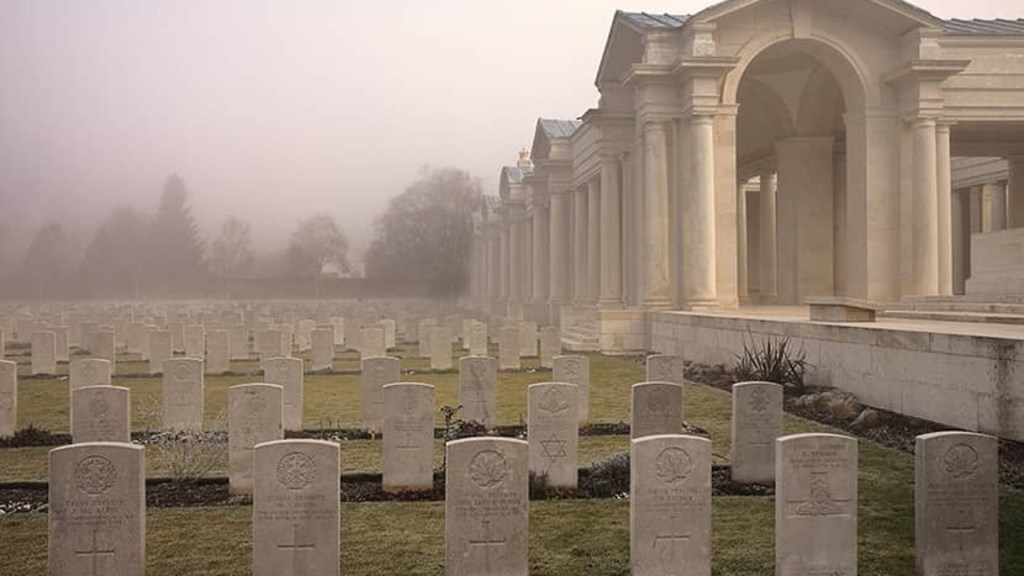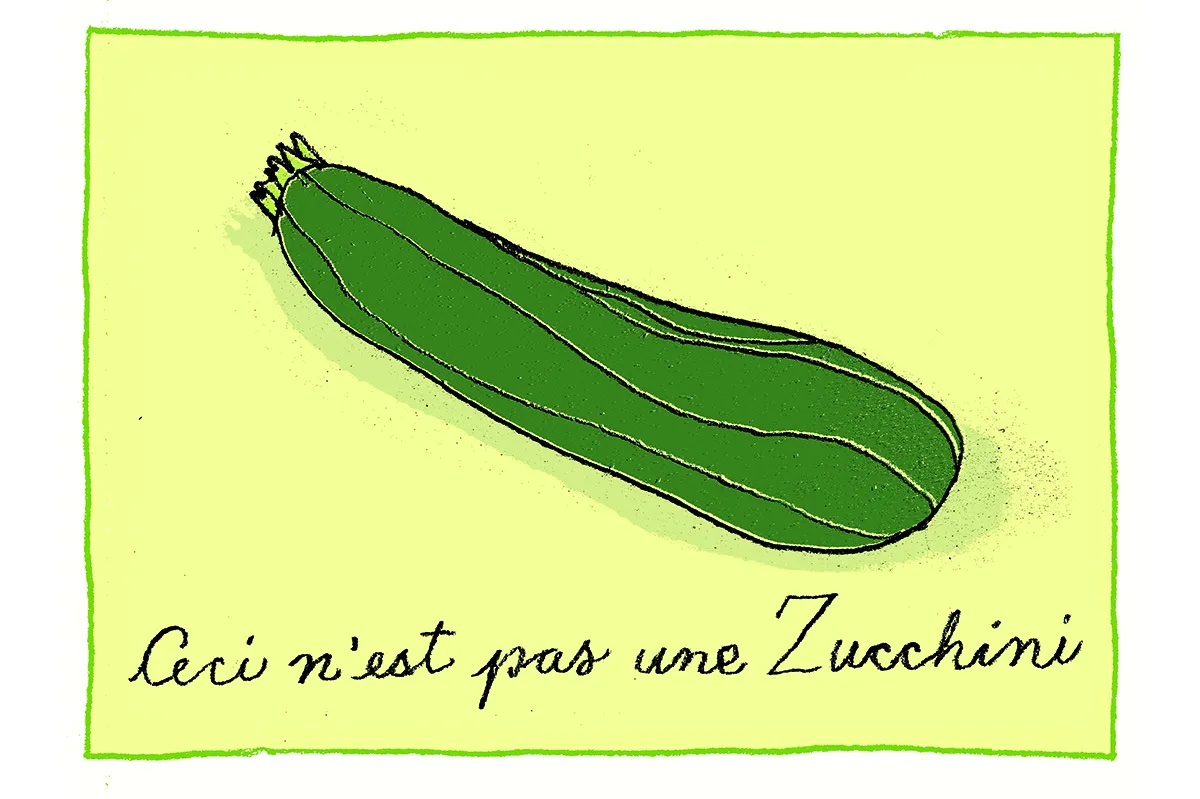Noticing via this Low Life column that I had trench fever, the Western Front Association treated me to a year’s membership and subscription to their excellent quarterly magazine Stand To! And if that wasn’t enough, they also offered me a place in their contingent at last year’s Service of Remembrance at the Cenotaph in London — a dream come true. “It’ll make the hairs stand up on the back of your neck,” promised WFA legal trustee Richard Hughes in an email.
My torch might be sputtering but my trench fever burns still brightly.“Not another book about the First World War!” says Catriona as she hobbles up the path with yet another package posted from the UK.
In this past year, I’ve been concentrating on the battle of the Somme: memoirs, historical narratives, battlefield guides and maps. Until quite recently, you could buy a 1916 Ordnance Survey 1:10,000 linen-backed battlefield map with mud on it and a copperplate signature by a Captain So-and-So for 30 quid. I’ve a stack of them. An evening hour spent poring over the Roman Road at La Boisselle with an antique magnifying glass is about as good as it gets until I feel able-bodied enough to hop on a TGV and revisit.
I was at the Somme last for two days in July with the foreign correspondent. Each day was with a different guide. The first was brimming with knowledge and enthusiasm; the second was enthusiastic only about his self-image as a progressive philosopher. Six months later I’m still chewing the rich cud of some of the observations made by the first.
He was a former Royal Marine who lived and breathed the Somme battle but was not dogmatic about any of it. If he had a hobbyhorse, it was disappointment that the majority of visitors head always for the same half-dozen sites with coach park and information boards. He particularly had in mind the Newfoundland Memorial Park. He took us there briefly to gauge the extent of the inauthenticity for ourselves. We sat in the car park for two minutes, then drove away.
In contrast, he had a sort of virtuoso approach to his guiding. I’d asked him to show us tragic Serre and the Sunken Lane at Beaumont-Hamel, which he obligingly did before lunch. But his heart wasn’t really in those well-trodden places. After lunch, however, we let him choose and he became a different person.
Freed from constraints, he led us (on a whim, I think) single file through a field of tall sweetcorn to a lonely walled cemetery. On July 1, 1916, the 11th (Lonsdale) battalion of the Border Regiment issued from the wood just below, charged up the slope and were mown down by five machine guns. Their watching colonel said, “Damn,” and was shot dead as he climbed out of the trench.
We saw 1,500 white headstones in an immaculate lawned garden of lavender and beech designed by Sir Herbert Baker. The unfathomable silence was amplified by the song of a single blackbird.
“Look at this place,” he whispered, with unashamedly unprofessional awe. “And not a soul comes here!” Doubtless he could have given us chapter and verse on what had occurred here on that cloudless July morning. Instead, he leaned back against the snow-white War Stone engraved with the words “Their Name Liveth For Evermore,” and he allowed the place to speak for itself.
Those twenty quiet minutes in that stunningly beautiful walled military cemetery on the side of a hill were the most memorable of the day. The last thing (I now realize) that one needs at a place like that is someone droning on because they are being paid. Blackbird song and a soft breeze is better. If it’s facts you want, you have only to remember what the place is called. (We were in the Lonsdale cemetery.) Then you can go home and read the survivor accounts. Those British soldiers of the Great War — the privates especially — wrote cleaner English and from a place nearer the heart.
Ashamed of myself, I had to cry off the Cenotaph in November. The WFA were sympathetic but undeterred. Could they then lay a poppy wreath on my behalf? Was there anyone? There was. Could I then supply an inscription? “In memory of Sergeant Herbert James Clarke,” I wrote. “10th Royal Fusiliers. Killed in action 10th July 1916 at La Boisselle. You should see it now, Bertie.” The WFA sent photographs of wreath and inscription; another of it being laid respectfully on the Cenotaph step by a committee member. I couldn’t believe such kindness. And no doubt my great-uncle was as incredulous as I was. But also as pleased, I’m sure.
This article was originally published in The Spectator’s February 2022 World edition.

























